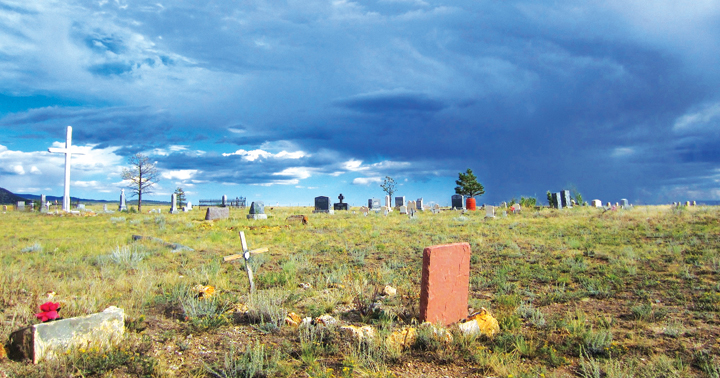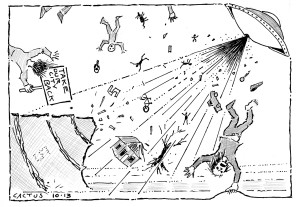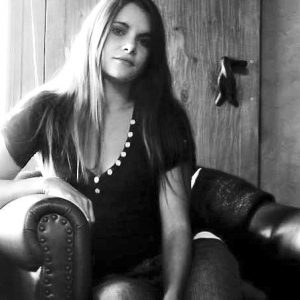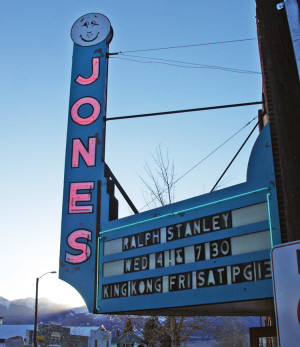By Hal Walter
As I was pulling away from the feed store, I noticed the early evening light on the headstones of the small cemetery on the hillside about a mile away. I’ve seen so many great photos of cemeteries in the Southwest, and had tried some photography in this graveyard a couple of times with no luck. But this evening the light and the clouds looked interesting, and I thought I’d drive up there and take a look around.
Harrison and I got out of the car and stepped across the cattle guard and into the fenced-in area. There was a warm breeze, and the little flags on the veterans’ graves all fluttered in unison. It seems there’s always a breeze at this cemetery. But it’s one of the most peaceful places I know. Harrison began running around looking at the headstones, reading the names, some of them of well-known Wet Mountain Valley families.

For the past few years, it’s been common for us to hang out at the playground after school lets out so Harrison can play with the other kids. But he had become less interested in the playground or his friends, and more commonly bothered their parents, asking for their cell phones or their keys, interrupting conversations. One afternoon his behavior was such that I realized I needed to physically remove him from the playground. Like so many of these incidents over the years, after it’s over it’s all a blur, difficult to remember the sequence of events and the deciding factor that led to the decision to take extreme measures. He had been rude to his friends and their parents. He had yelled and screamed. He had talked back when I asked him to stop, and continued on with the misbehavior. At some point I took his backpack over to the car then returned to pick him up and carry him kicking and screaming and swinging from the playground with a group of parents of neurotypical children as an audience. I know deep inside few of these people could do what I just did without the guidance of both a personal trainer and a psychotherapist. This is the sort of behavior and consequences one might expect when dealing with much younger children, but at 9 years old it’s physically like picking up and carrying a very uncooperative and loud bale of hay, and psychologically as flattening as being run over by a truck.
Afterward strikes the realization that as a parent I could avoid this entire scene repeating itself by simply avoiding the playground.
Now Harrison was running around the graveyard like it was a playground. He asked if it was a maze. I told him no, that this was a cemetery, and anticipated the next question but there was none. In recent months he’d had questions about death and dying, and I’d tried to explain as best as I could, keeping in mind that such abstract notions seemed the most difficult for the autistic mind to reason. I recalled the sheer terror when I was about his age and learned about death and that some people were buried after they died. I stayed awake at night in a claustrophobic panic at this notion. I didn’t want Harrison to have this same experience, but then many grown-ups battle with this fear.
We walked the little two-track dirt road through the graveyard, and I focused on a tall white cross with some headstones and iron grave fences behind it, with clouds for a backdrop. I took several shots at different angles. I knew the images were somewhat less awesome than, say, Ansel Adams’ “Moonrise, Hernandez, New Mexico,” for example.
When I turned around, I found Harrison sitting in a painted white wrought-iron bench at the foot of a nearby grave. As I walked up to him, I could see the massive and dark-polished stone, the actual grave covered in decorative gravel – white with a red pattern. Harrison was inspecting a weathered teddy bear that was wired to the bench as if to keep the ever-present wind from carrying it away. I looked to the stone and saw the grave belonged to a girl who had died when she was 15.
“What is this?” Harrison asked.
“Well … it’s the grave of a girl who died,” I said. She’s buried here.”
“Let’s dig her out,” he said with an air of concern. “No, son, she’s gone … her spirit lives on but her body is dead. Just her body is buried here.”
“Is her spirit gone to outer space?”
“No, her spirit is in heaven. This is a just a place where her family can come and sit and remember her, talk to her.”
“OK,” he said.
We walked down the little two-track road, and I paused to take more pictures. Harrison read more names from the stones. I surveyed the little cemetery and its collection of graves. A big white stone Santo stood at the entrance with arms outstretched. The graves were marked with everything from simple hand-painted wooden crosses and small flagstone slabs to ornate granite and marble stones, some with spires and crosses. There were fences around some of the plots and little pots of plastic flowers. We went back to the car. I looked through the windshield at the sweeping range of the valley. Because of my childhood fear of being buried, I’d always wanted to be cremated, but I thought if I were to change my mind, this would be the place to be. On the wind there was the sound of music, like someone playing a flute very badly. I stuck my head out the window, trying to determine what this sound was and where it was coming from. I asked Harrison if he heard it too and he said yes.
Finally I stood back out of the car and listened. The sound was coming from the cemetery. Perhaps some wind flute over a grave, or the breeze breathing through a fence, a headstone or some other ornament placed by those left behind. Or perhaps the music of a friendly spirit playing a tune to a weathered teddy bear.
Hal Walter writes and edits from the Wet Mountains. You can keep up with him regularly at his blog: www.hardscrabbletimes.com




